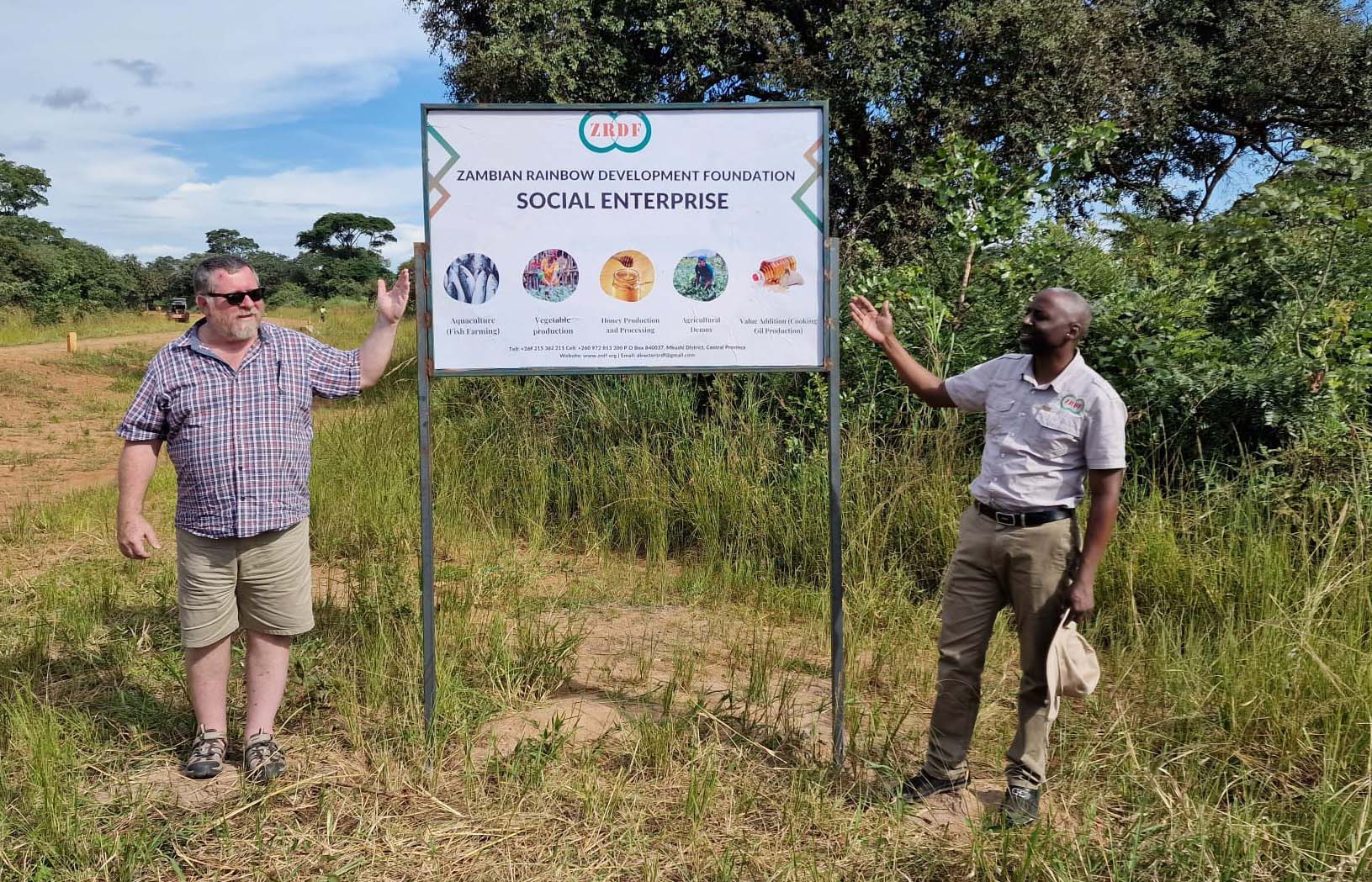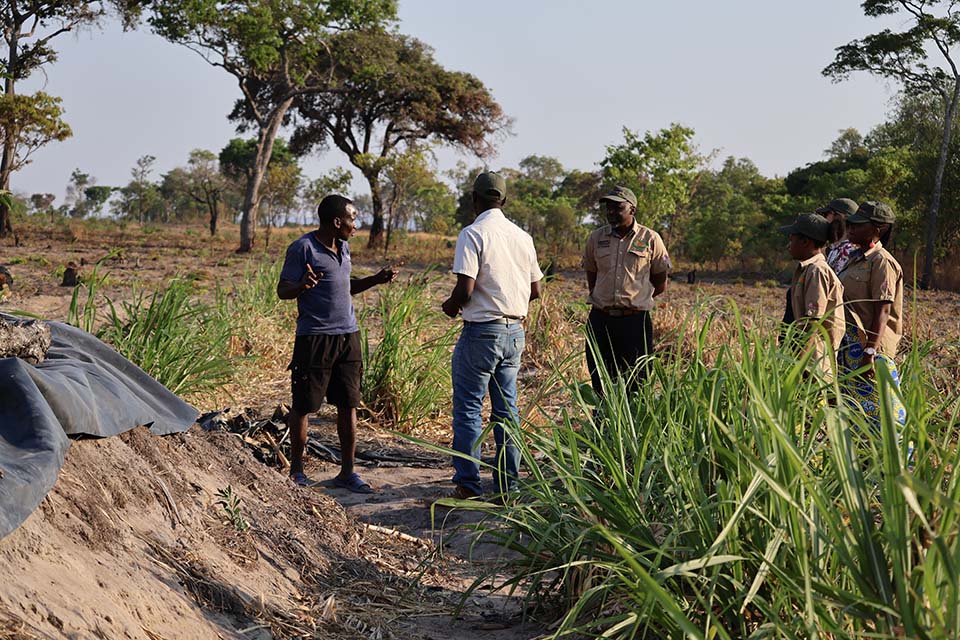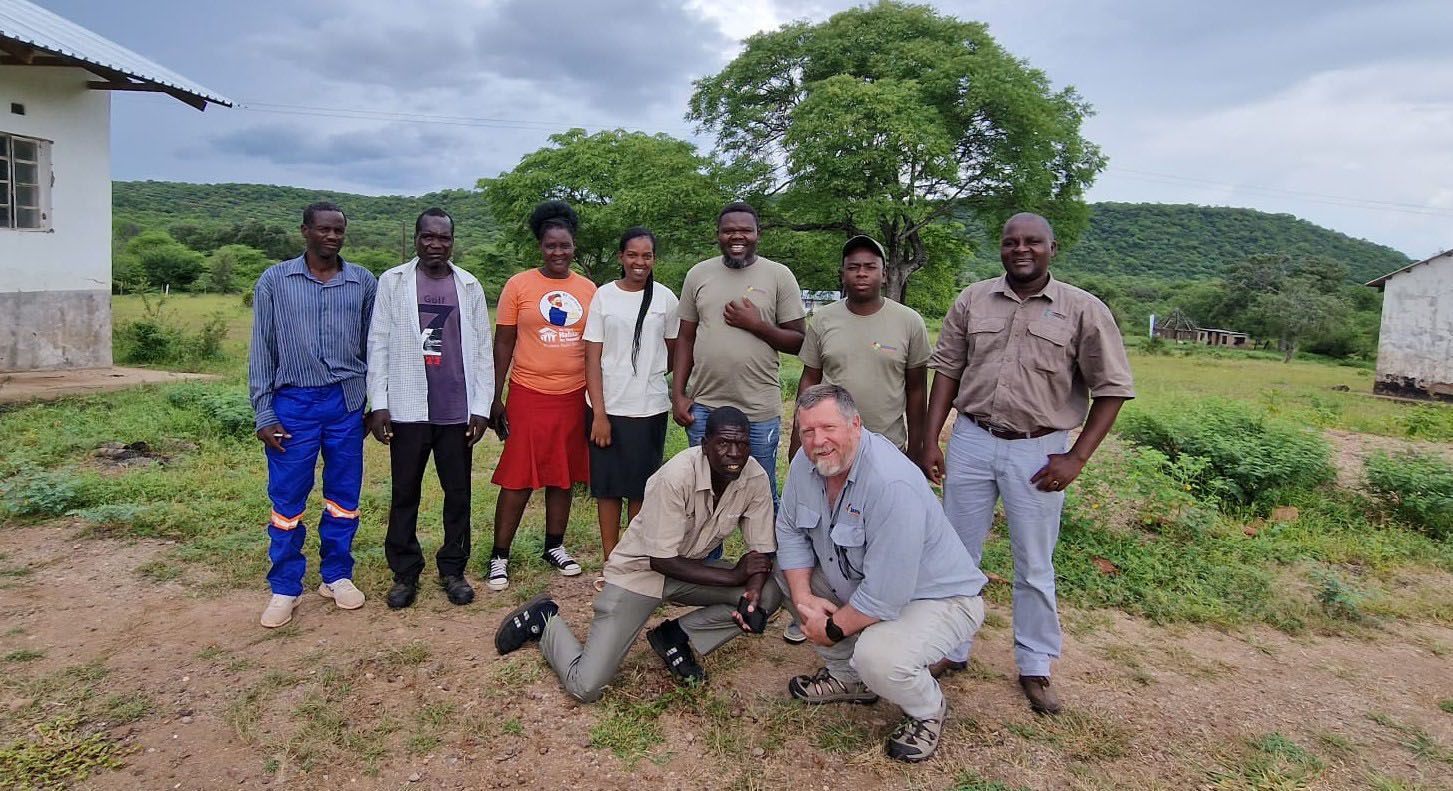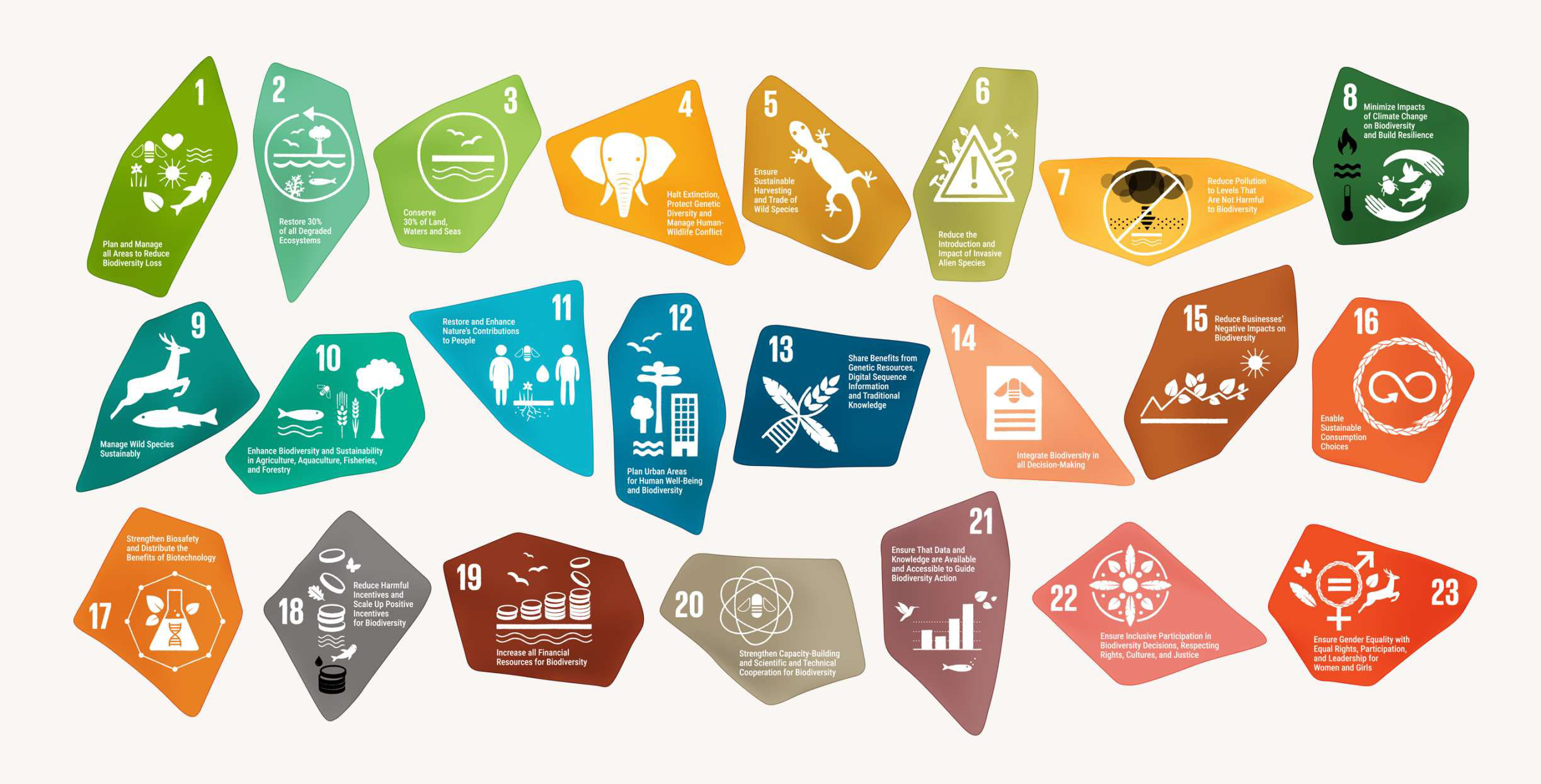Collaboration, innovation and community leadership are the hallmarks of our approach
We believe that success in Human-Centred Conservation arises when Local Communities lead initiatives that benefit both people and wildlife. Here is how we make that happen.


Our Approach
At Jamma, we enhance knowledge and capacity to maximise our impact, building networks for greater scale and uniting with partners who share our vision. These foundations drive meaningful, lasting success.
Partnerships and Collaborations
We are investors and committed partners. We engage closely with projects to ensure measurable, results-driven outcomes, tracking environmental, social, and financial impact. Our collaborations include Indigenous Peoples and Local Communities networks, sustainable use experts, academics, conservation organisations, and governments. Our collaborative efforts drive lasting and measurable change.

Project Criteria
We hold ourselves to high standards when developing and evaluating project concepts. Here’s how we do it:
Sustainable Development Goals
Jamma prioritises projects aligned with the UN Sustainable Development Goals (SDGs), as they provide a comprehensive framework for environmental, social, and economic sustainability. Supporting SDG-focused initiatives promotes conservation that builds resilient communities, sustainable economies, and biodiversity conservation—delivering local impact within a global vision.
Convention of Biological Diversity Targets
Projects advancing the Convention on Biological Diversity (CBD) targets contribute to resilient ecosystems and and the safeguarding of biodiversity. By supporting CBD goals, Jamma aids ecosystem restoration, biodiversity conservation, sustainable use and community involvement, enhancing both ecological and community resilience.

Thematic Areas
We focus on critical ecosystems—such as grasslands, savannas, mangroves, fynbos, and forests—due to their importance for biodiversity and climate resilience and therefore, communities. These areas sequester carbon, sustain livelihoods, and support unique species, making them high-value targets for Jamma’s investments.
Key Ecosystems
We focus on critical ecosystems—such as grasslands, savannas, mangroves, fynbos, and forests—due to their importance for biodiversity and climate resilience and therefore, communities. These areas sequester carbon, sustain livelihoods, and support unique species, making them high-value targets for Jamma’s investments.
Key Species
Jamma prioritises projects involving key species groups, such as predators and large herbivores, which play a critical role in maintaining ecosystem balance. These species often come into conflict with humans. By supporting strategies to reduce these conflicts, Jamma works to foster safety and stability for local communities while conserving ecosystems.
Key Biodiversity Areas
Projects within Key Biodiversity Areas (KBAs) are particularly impactful, as these regions are globally recognised for their conservation value. Working in KBAs helps safeguard vital habitats and species at risk.
Landscape Approach
Jamma invests in landscape conservation approaches that integrate local and regional ecosystems for broad, cohesive impact. By contributing to landscape connectivity, these projects foster biodiversity, support wide-ranging species, and strengthen ecological resilience across entire regions.
Stay connected to Jamma’s vision
Join us on our journey to create lasting change for communities and the planet – sign up for our newsletter.